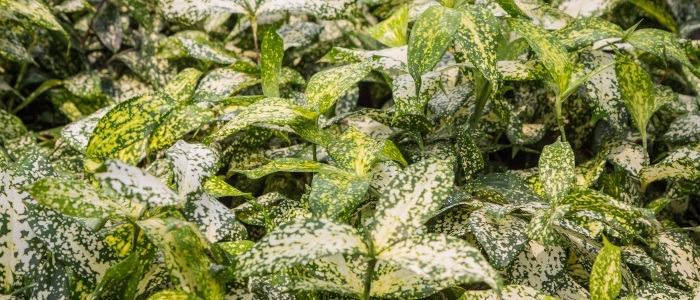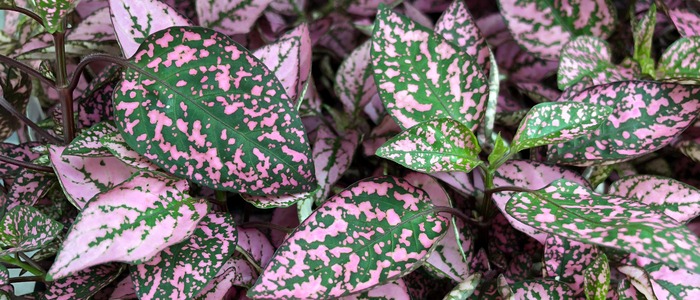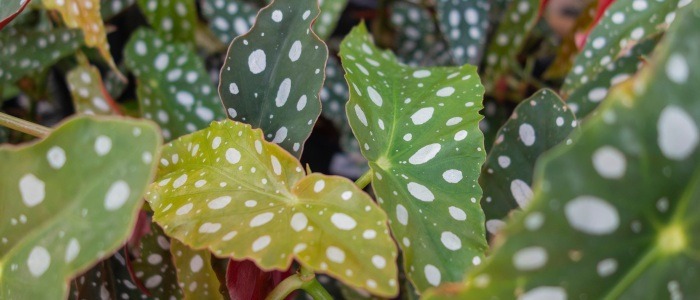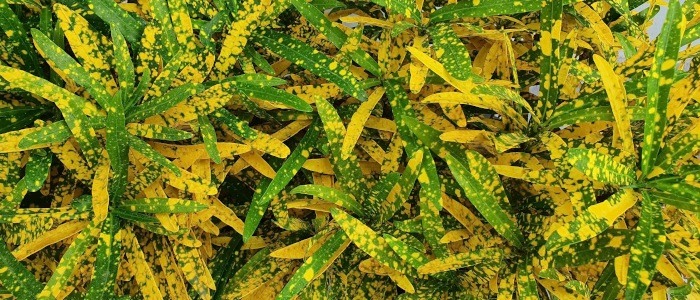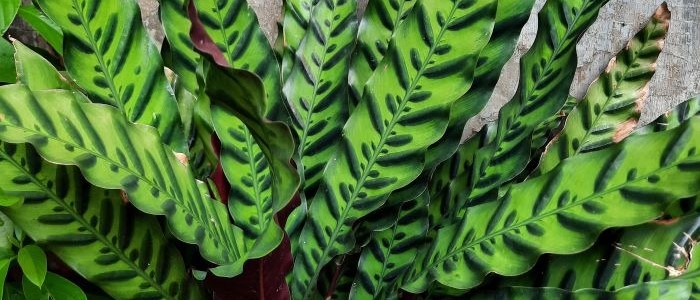The Silver Squill plant (Ledebouria socialis) is a beautiful and versatile perennial native to South Africa. It belongs to the Hyacinthaceae family and has distinctive green leaves with silver spots, as well as white flowers that bloom in spring or early summer. The Silver Squill can be grown indoors or outdoors depending on the climate, making it an ideal choice for both novice gardeners and experienced horticulturalists alike.
This low-maintenance plant requires minimal care and attention, making it especially suitable for those who lack time or experience. It does best in sunny environments with well-draining soil, but its tolerance for different conditions makes it easy to care for regardless of location. Unlike many other plants, it requires no special fertilizers or pesticides; all that is needed is regular watering and pruning to keep it healthy and thriving.
The Silver Squill’s unique characteristics make it a great addition to any garden or indoor space. Its bright leaves offer a pop of color while its sturdy stems provide structure and texture; what’s more, its flowers attract beneficial insects like bees and butterflies. Whether you’re looking to spruce up your living space or create an outdoor oasis, the Silver Squill Plant is a great option!
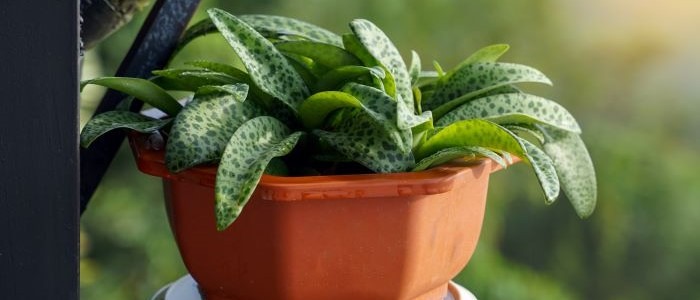
Silver Squill Plant Frequently Asked Questions
Are there other names for the silver squill plant?
Yes, the silver squill plant is also known by other names such as the leopard lily, the sea onion, and the silver squill hyacinth. These alternative names reflect the plant's unique characteristics, such as its spotted leaves resembling a leopard's coat and its bulbous shape resembling an onion. Regardless of the name, the silver squill plant remains a popular choice among gardeners.
Is the Silver Squill a drought-resistant plant?
The silver squill is indeed a drought-resistant plant. It has adapted to survive in arid environments by storing water in its fleshy leaves and bulbs. This enables it to withstand long periods of dryness without wilting or suffering damage. Its ability to thrive in low-water conditions makes it a popular choice for xeriscaping and indoor gardening.
Finding the Right Location for the Silver Squill Plant
When selecting a location for your Silver Squill Plant, it is important to consider the amount of sunlight, temperature, and soil drainage. The ideal spot should provide full to partial sun exposure for at least 6 hours per day, be sheltered from strong winds, and have well-draining soil. Additionally, be sure to select an area that has enough space for your plant to grow and thrive.
For best results, the Silver Squill Plant should be planted in an area with an average temperature of at least 60°F (15°C). If you’re planting outdoors, avoid areas with excessive wind or cold temperatures as these can damage the leaves and flowers. Additionally, if you’re planting indoors ensure there is adequate light from a window or artificial lighting source so that your plant gets enough natural light throughout the day.
Finally, make sure that the location is easily accessible and away from any sources of heat like radiators or direct sunlight through windows. This will ensure that your Silver Squill Plant stays healthy by avoiding extreme temperatures which could cause the leaves to burn or wilt. When caring for your Silver Squill Plant it’s important to keep in mind its needs when choosing a suitable location. A spot with plenty of sunlight and good air circulation will help your plant flourish while keeping it safe from harsh weather conditions are also beneficial for its health – so take some time when selecting a spot to give your plant the best chance of success!
Soil Preparation for the Silver Squill Plant
When it comes to growing and caring for the Silver Squill Plant, soil preparation is a critical step. In order to ensure optimal growth, you’ll want to make sure your soil is well-draining, loose and nutrient-rich with a pH balance between 6.1 and 7.5. To do this, add organic material like compost or peat moss to the soil before planting – both of these will also help remove any weeds or debris that may interfere with the plant’s growth. Additionally, adding mulch around your Silver Squill can help retain moisture in the soil during periods where there may be less rain than usual.
It’s also important to leave enough space when digging a hole for your Silver Squill Plant – make sure it’s deep enough so that the base of the stem is just below ground level. This will reduce the risk of root rot or other diseases caused by too much water retention in the topsoil; if you’re planting multiple plants be sure to leave at least two feet (about one meter) between each one so they have room to develop strong roots systems.
Before planting your Silver Squill it’s essential that you test its future home for fertility and acidity levels – you don’t want either of these being outside an ideal range as this could result in poor growth or even cause harm to your plant! You can purchase an easy-to-use home test kit from most garden centers or online retailers which will give accurate readings on pH levels along with nitrogen, phosphorous and potassium content in your soil – all key elements for successful gardening!
By taking care when preparing your soil prior to planting, you’ll guarantee that your Silver Squill has everything it needs right from Day One – giving you months (or even years!) of delight from this beautiful plant!
Planting and Watering the Silver Squill Plant
Planting and watering the Silver Squill Plant is an essential part of ensuring its health and vitality. Here are some tips for planting and caring for the plant:
When planting, make sure the soil is damp but not soaked; this will help ensure that the roots take hold and establish quickly. Choose a location with indirect sunlight, as direct sunlight can be too intense for Silver Squills. When placing in the soil, pack it lightly around the root ball to secure it in place.
When it comes to watering your Silver Squill Plant, less is more. Water only when necessary; keep an eye on the soil moisture level and water when it begins to dry out. Overwatering can lead to root rot or fungal diseases, so make sure not to overdo it. Additionally, mulching around the base of the plant will help retain moisture and reduce weeds.
Finally, pruning your Silver Squill Plant throughout its growing season will stimulate new growth and encourage fuller blooms. Cut off any dead or damaged foliage as soon as you notice it, as this helps prevent disease from spreading throughout the plant. Trim back any branches that have outgrown their space or are blocking pathways or windowsills. This regular maintenance will help keep your Silver Squill healthy and looking its best!
Fertilizing the Silver Squill Plant
Caring for a Silver Squill Plant is essential to ensure it stays healthy and blooms with vibrancy. During the growing season of spring and summer, you should consider fertilizing your plant once a month so that it receives all of the nutrients it needs to thrive. To avoid burning the roots, make sure to water the soil before applying fertilizer or compost.
Additionally, using a liquid fertilizer supplement can provide both macro and micro-nutrients directly to root systems in order for them to absorb quickly into the soil. Fertilizing your Silver Squill Plant doesn’t just help promote growth but also encourages blooming when natural lighting levels are low such as when grown indoors.
However, be mindful not to apply too much fertilizer at once as this can cause damage or even kill your plant! Follow directions on packaging carefully when feeding or fertilizing so that you don’t overdo it with too many chemicals at once! With proper care and attention given regularly through these practices, you will have a vibrant Silver Squill Plant for years come!
Pruning and Maintenance Silver Squill
Pruning and maintenance of a Silver Squill Plant are essential for keeping its beautiful foliage and blooms healthy and vibrant. Pruning is the process of cutting away dead or diseased stems, branches, and leaves to help promote new growth. This should be done with sharp pruners or scissors, taking care not to damage the plant. It is also important to remove any straggly growth in order to keep the plant within its natural shape.
In addition to regular pruning, deadheading spent flowers on the Silver Squill will help encourage more blooms. Deadheading simply means removing the faded flowers from the plant as soon as they start to wilt or die off. Doing this will open up space for new buds to take their place and will ensure that your Silver Squill is blooming all season long.
Finally, fertilizing your Silver Squill Plant monthly during its growing season (spring and summer) is an important part of its ongoing maintenance routine. A balanced fertilizer should be used – one that contains both macro-nutrients like nitrogen, phosphorus, potassium as well as micro-nutrients such as iron and zinc. Be sure not to apply too much at once as this can cause damage or even kill the plant.
With proper care and attention given regularly through these practices, you will have a vibrant Silver Squill Plant for years to come!
Conclusion
When it comes to caring for Silver Squills, success is all about being prepared. The right location and soil conditions are essential for the plant’s health, as is keeping up with regular watering and feeding. Pruning the plant regularly will help keep it looking healthy by removing dead or diseased stems and branches, while also encouraging new growth and fuller blooms.
It’s important to be aware of any potential diseases or pests that could affect the Silver Squill Plant. Common issues include aphids, mealybugs, whiteflies, and spider mites. These can cause yellowing leaves or wilting of the plant, which can be treated with insecticidal soap and neem oil sprays if necessary. Additionally, be sure to watch out for fungal diseases such as root rot or powdery mildew which should be treated promptly to avoid spreading further damage.
Overall, the Silver Squill Plant is a beautiful addition to any yard or garden that requires minimal maintenance yet can still offer vibrant beauty year-round when cared for properly. With proper preparation and care, you can enjoy this lovely plant in your home or garden for many years to come!
Other Spotted House Plants
